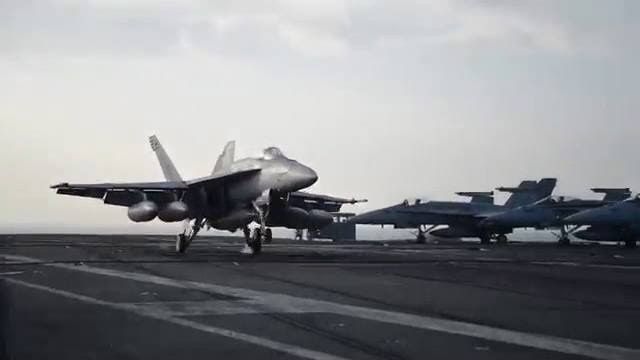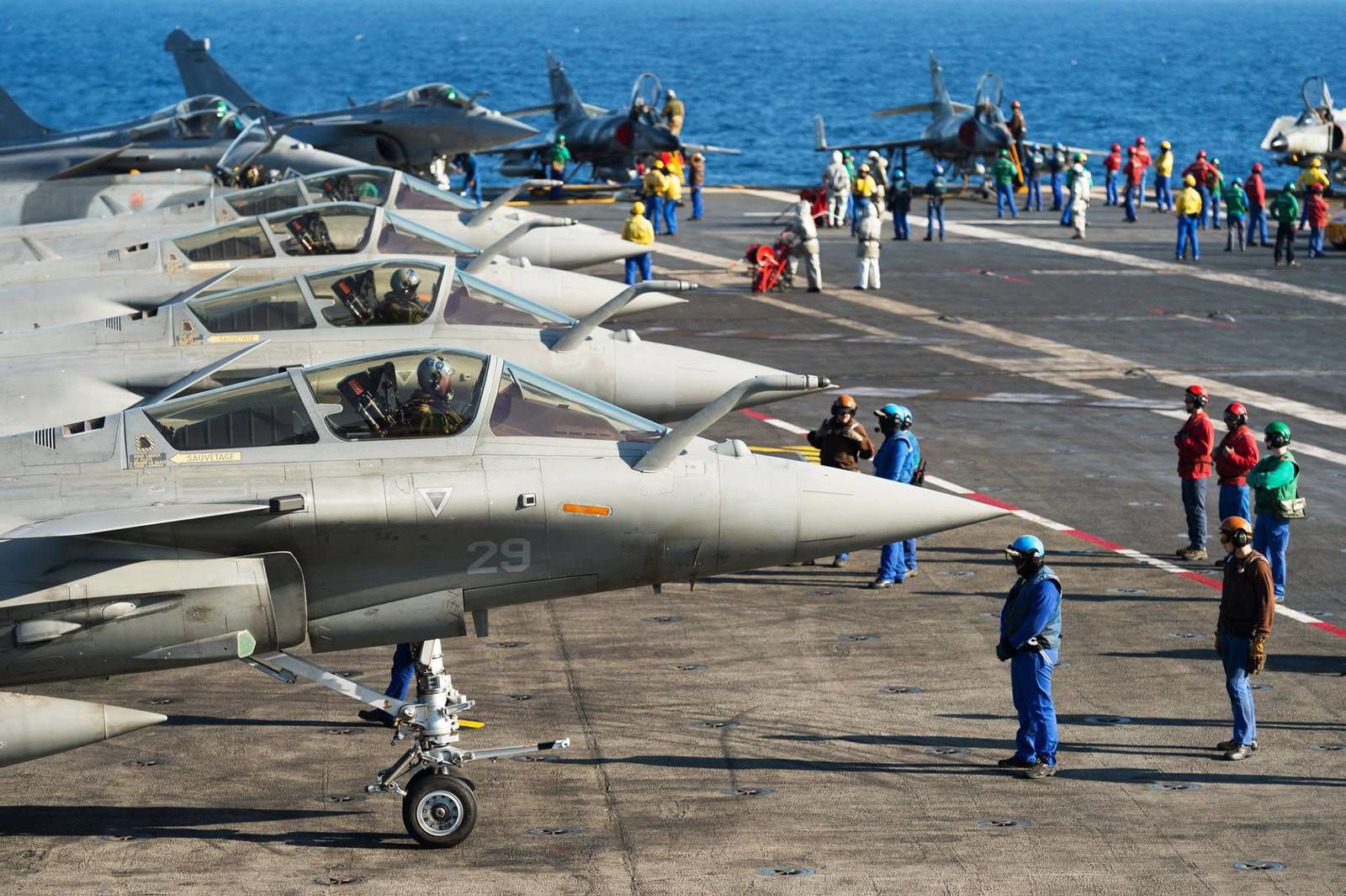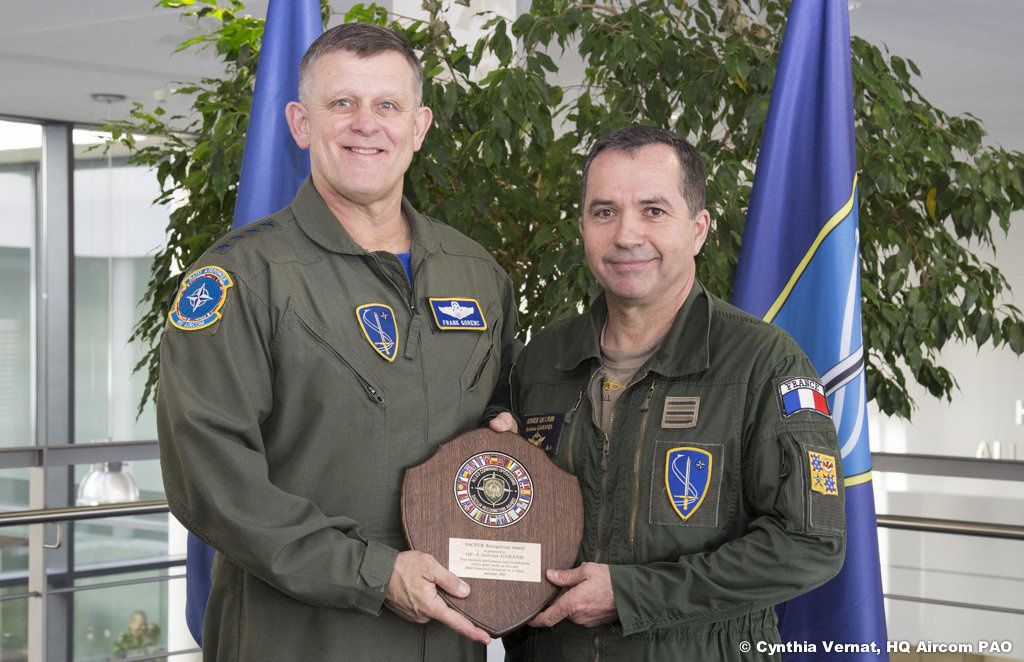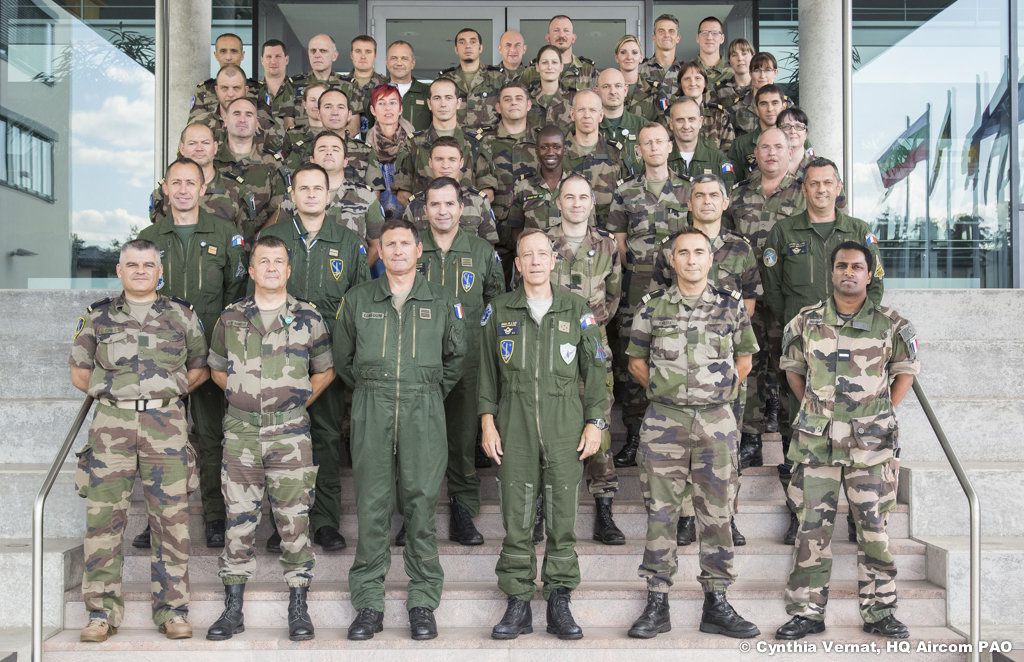January 3, 2016 by CJTF-OIR - Release # 20160103-01
Military Strikes Continue Against ISIL Terrorists in Syria and Iraq
SOUTHWEST ASIA- On Jan. 2, coalition military forces continued to attack ISIL terrorists in Syria and Iraq. In Syria, coalition military forces conducted six strikes using fighter and attack aircraft. Separately in Iraq, coalition military forces conducted 20 strikes coordinated with and in support of the Government of Iraq using attack, bomber, fighter, and remotely piloted aircraft against ISIL targets.
The following is a summary of the strikes conducted against ISIL since the last press release:
Syria
• Near Dayr Az Zawr, three strikes struck an ISIL gas and oil separation plant and destroyed an ISIL technical vehicle, an ISIL excavator, two ISIL front end loaders, and damaged a separate ISIL front end loader.
• Near Manbij, one strike struck an ISIL tactical unit and destroyed four ISIL buildings and an ISIL vehicle.
• Near Ayn Isa, one strike struck an ISIL tactical unit and destroyed two ISIL fighting positions.
• Near Washiyah, one strike struck an ISIL weapons manufacturing and storage facility.
Iraq
• Near Fallujah, one strike struck an ISIL tactical unit and suppressed an ISIL mortar position.
• Near Kirkuk, one strike struck an ISIL tactical unit and destroyed an ISIL heavy machine gun and an ISIL fighting position.
• Near Kisik, one strike destroyed an ISIL assembly area.
• Near Mosul, five strikes struck two separate ISIL tactical units and destroyed 18 ISIL fighting positions, three ISIL command and control nodes, two ISIL weapons caches, two ISIL tunnels, and an ISIL vehicle.
• Near Qayyarah, one strike struck an ISIL tactical unit and destroyed two ISIL fighting positons.
• Near Ramadi, seven strikes struck an ISIL tactical unit and destroyed three ISIL tactical vehicles, two ISIL vehicles, an ISIL vehicle borne improvised explosive device (VBIED), three ISIL buildings, two ISIL heavy machine gun positions, an ISIL fighting position, an ISIL staging location, suppressed an ISIL VBIED, damaged an ISIL staging location, and denied ISIL access to terrain.
• Near Sinjar, two strikes destroyed two ISIL fighting positions and two ISIL light machine guns and denied ISIL access to terrain.
• Near Sultan Abdallah, one strike struck an ISIL tactical unit and destroyed an ISIL fighting positon.
• Near Tal Afar, one strike struck an ISIL-used bridge.
Additionally, in yesterday's strike release, one strike in Iraq was erroneously listed separately in support of Coalition operations. This was incorrect, all strikes in Iraq were conducted in support of and coordination with the Government of Iraq against ISIL targets.
Strike assessments are based on initial reports. All aircraft returned to base safely.
A strike, as defined in the CJTF releases, means one or more kinetic events that occur in roughly the same geographic location to produce a single, sometimes cumulative effect for that location. So having a single aircraft deliver a single weapon against a lone ISIL vehicle is one strike, but so is multiple aircraft delivering dozens of weapons against a group of buildings and vehicles and weapon systems in a compound, for example, having the cumulative effect of making that facility (or facilities) harder or impossible to use. Accordingly, CJTF-OIR does not report the number or type of aircraft employed in a strike, the number of munitions dropped in each strike, or the number of individual munition impact points against a target.
The strikes were conducted as part of Operation Inherent Resolve, the operation to eliminate the ISIL terrorist group and the threat they pose to Iraq, Syria, and the wider international community.
The destruction of ISIL targets in Syria and Iraq further limits the group's ability to project terror and conduct operations. Coalition nations which have conducted strikes in Iraq include Australia, Belgium, Canada, Denmark, France, Jordan, Netherlands, the United Kingdom, and the United States. Coalition nations which have conducted strikes in Syria include Australia, Bahrain, Canada, France, Jordan, Saudi Arabia, Turkey, United Arab Emirates, the United Kingdom, and the United States.





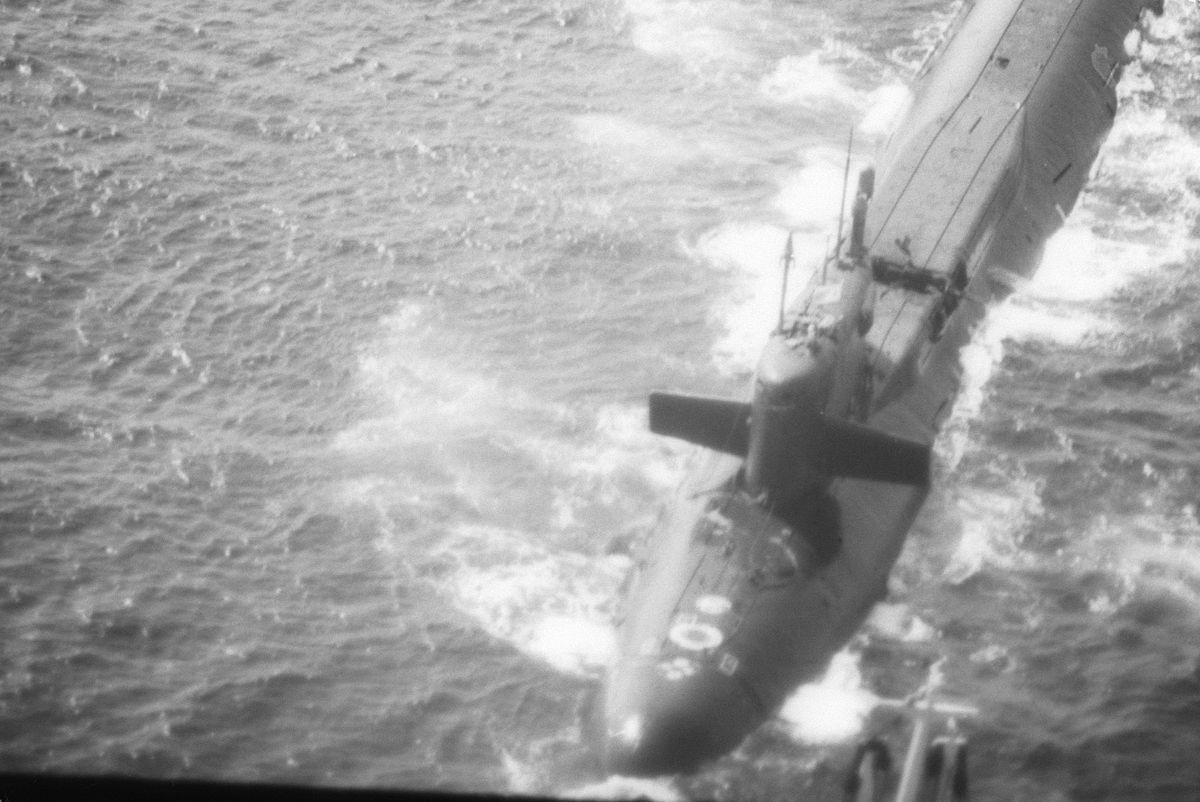




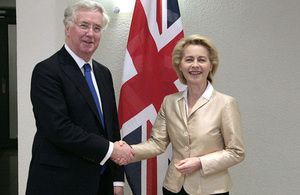

/image%2F0547456%2F20160125%2Fob_24ec49_la-lutte-contre-les-groupes-terroriste.jpg)
/image%2F0547456%2F20160125%2Fob_ea3176_la-lutte-contre-les-groupes-terroriste.jpg)




